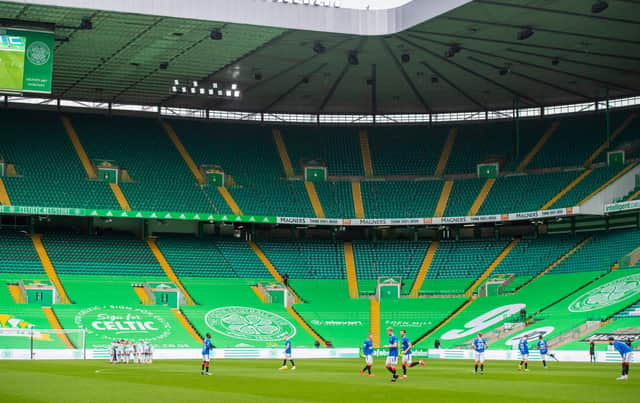The key financial areas where Rangers are closing in on Celtic


The financial results were described by chairman Ian Bankier as “satisfactory in the circumstances” with the club returning a pre-tax profit for the fifth season running.
Popular football financial analyst Swiss Ramble delved into the accounts to provide insight.
Advertisement
Hide AdAdvertisement
Hide AdHis findings showed two key aspects where the gap between Celtic and Rangers has closed significantly in recent years.
Since 2013 the Parkhead club have enjoyed a significant advantage in terms of revenue over their rivals.
In 2018, while Celtic brought in more than £100million, Rangers’ revenue stood at just over £30million. Fast forward to this year and the gap is £11million, significantly less that has been at any point since 2013.
Similarly, the difference in wages paid by the two sides has also fallen to £11million.
It is the first time since 2013 that the gap has been under £20million. In both 2017 and 2018 it was as high as £35million.
Celtic’s wages to turnover ratio now stands at 77 per cent, higher than Rangers’ 73 per cent.
Where Celtic remain strong is their player trading, bringing in £24 million for Kieran Tierney last summer. It brought profit on player sales to more than £100million in the last eight years.
Their rivals have made just £6million during the same period.
Advertisement
Hide AdAdvertisement
Hide Ad